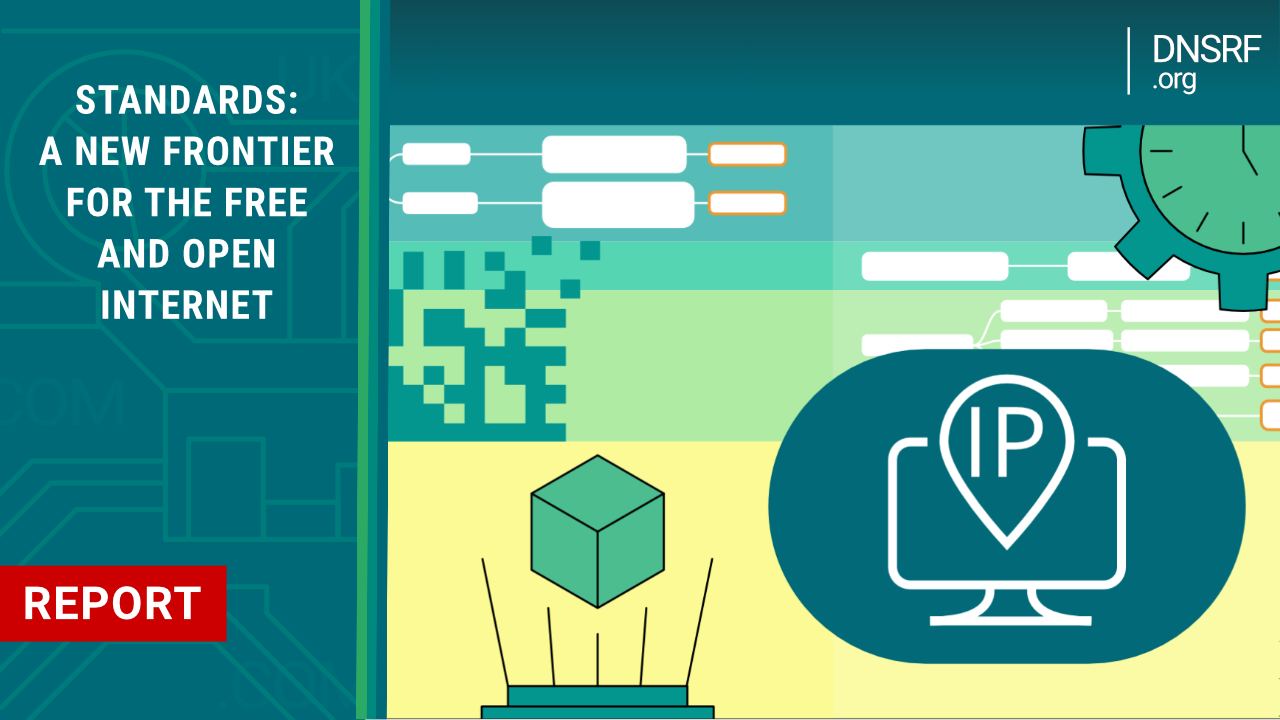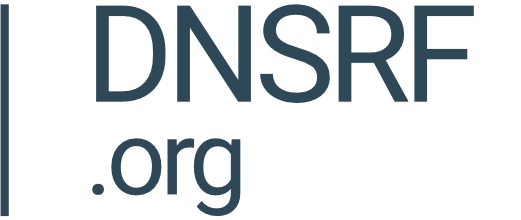
Description
Publication summary
The term ‘New IP’ originally described a set of proposals put forward by Chinese proponents in 2018-2020 that would have created the technical underpinnings for an alternative internet. Those original proposals were rejected, leading many to assume that New IP had gone away – it hasn’t. The original New IP proposals have been rebranded, broken into smaller parts, and re-presented across numerous standards organisations. Even as recently as July 2022, New IP-inspired proposals were being submitted at ITU study group 13 and the IETF.
As well as posing risks to the continued viability of a single, global Internet, implementing New IP proposals would also threaten human rights and create unpredictable consequences for cybersecurity, for economies and societies.
The ever-changing strategy to standardize New IP makes it extremely challenging to track. This paper aims to assist policy makers and standards attendees in tracking New IP proposals in three ways:
- An explanation on how New IP would undermine essential elements of the Internet,
- A taxonomy for New IP, and
- A toolkit to enable standards watchers to critically evaluate New IP or indeed any proposal to create new Internet standards.
New IP undermines the principles and protocols that make the Internet the Internet. These principles been identified by the Internet Society and Regional Internet Registries and others as factors that have underpinned the Internet’s success as a global communications network. These are: the principle of layer independence, the best effort principle, the system of global identifiers (domain names and IP addresses) and a common transport protocol, the absence of centralised control, and the Internet’s status as a network of networks.
The Internet, in the last 50 years, has evolved to meet new needs and deliver new services. In some cases, that evolution has required implementing services and protocols that do not seem consistent with those defining principles described above. But New IP proposals are different. Instead of proposing an occasional adaptation of principles, it mandates an entire overhaul of the way networking works on the Internet (revolution over evolution). Transformations would enable new forms to control and fragment the Internet both from a user and architectural design perspective.
There is a lot at stake, and this makes it important to be able to identify New IP proposals, and track them. This paper proposed a five-stage taxonomy, which highlights ways in which New IP undermines those defining Internet principles and uses seemingly favourable terminology to garner support. These are:
- Breaking with layer independence, by proposing the vertical integration of Internet layers and introducing cross-layer intelligence sharing. This would happen primarily through the modification of packet headers in the network layer that would carry greater information about the content and identity of users, enabling new forms of control.
- Departing from the best effort principle, to allegedly deliver greater quality of service, which would in practice generate new protocol complexity and hinder interoperability and connectivity.
- Transforming Internet naming and addressing, through the remodelling of unique identifiers and application of blockchain in ways that would introduce online tracing and permanent identifiers.
- Reconceptualizing trust and security by baking into the network intrinsic ways to verify users identity and sources of information online.
- Fragmenting the Internet and introducing controls, by putting forth a vision for a splintered Internet made up heterogenous networks with different sets of identifiers and address-user binding that would enable the tracing of individuals and their browsing habits.
For each of the taxonomy levels, the paper gives examples of use cases that are being used to justify making fundamental changes to the Internet’s architecture through New IP. These can be summarized as:
- Industrial applications and supply chain management, such as industrial IoT with Cloudification, industrial control systems, network and computing convergence
- Real time applications and holography, such as audio / video streaming and virtual reality, holographic type communications including the Metaverse, digital twins, and tactile Internet for remote participation
- Network efficiency, such as intelligent operation network, space terrestrial integrated network, and fixed networks in 5G and 6G.
There is no doubt that the use cases do reflect real challenges, but New IP is not the answer. Groups within IETF, IEEE, 3GPP or W3C are actively working on solutions in ways that remain interoperable with today’s Internet. This is the preferred approach – for standards to both support emerging technologies, and retain interoperability. Evolution rather than revolution.
While technical experts clearly have a leading role to play in the evolution of future digital standards, the best technical solution does not always win in standards wars. New IP is not simply a collection of technical proposals, but is politically and ideologically backed, supported with significant human resources. Currently, industry-led standards organisations are poorly adapted to handle the politicization and geopolitical contention. The solution cannot be to pretend the problem doesn’t exist.
The loss of interoperability implied by the New IP proposals would fragment the global Internet, and requires vigilance on the part of those who value a single, interoperable, open network that supports the free flow of information and supports democratic values.
This paper aims to raise awareness of the persistence of New IP-like proposals, enable people to identify them as they change name, or are presented across different standards organisations. It also seeks to bring communities of interest together to oppose the creation of new standards that would undermine interoperability, or pose threats to the fundamental values and principles that have characterised the global Internet.
The case of New IP highlights the multi-faceted nature of standards: far from being the exclusive domain of technical experts, standards carry implications for geopolitics, societies, economies, and human rights. As new generations of emerging technologies come to be standardized, it is essential that those who support democratic values and human rights engage the right people at the right time – a far more diverse set of stakeholders than have traditionally been associated with standards development. This implies coordination across siloes, as the task is too challenging for a single stakeholder group or state to manage alone. Shared taxonomies, shared resources and new, sustained coalitions will be essential to ensure that emerging standards reflect economic interests, respect human rights and democratic values.
About this Publication
Publisher
DNS Research Federation
File type
PDF
File size
1414k
Page count
26
First published on
6th September 2022
Download this Publication
This Publication is available as a free download from this website


